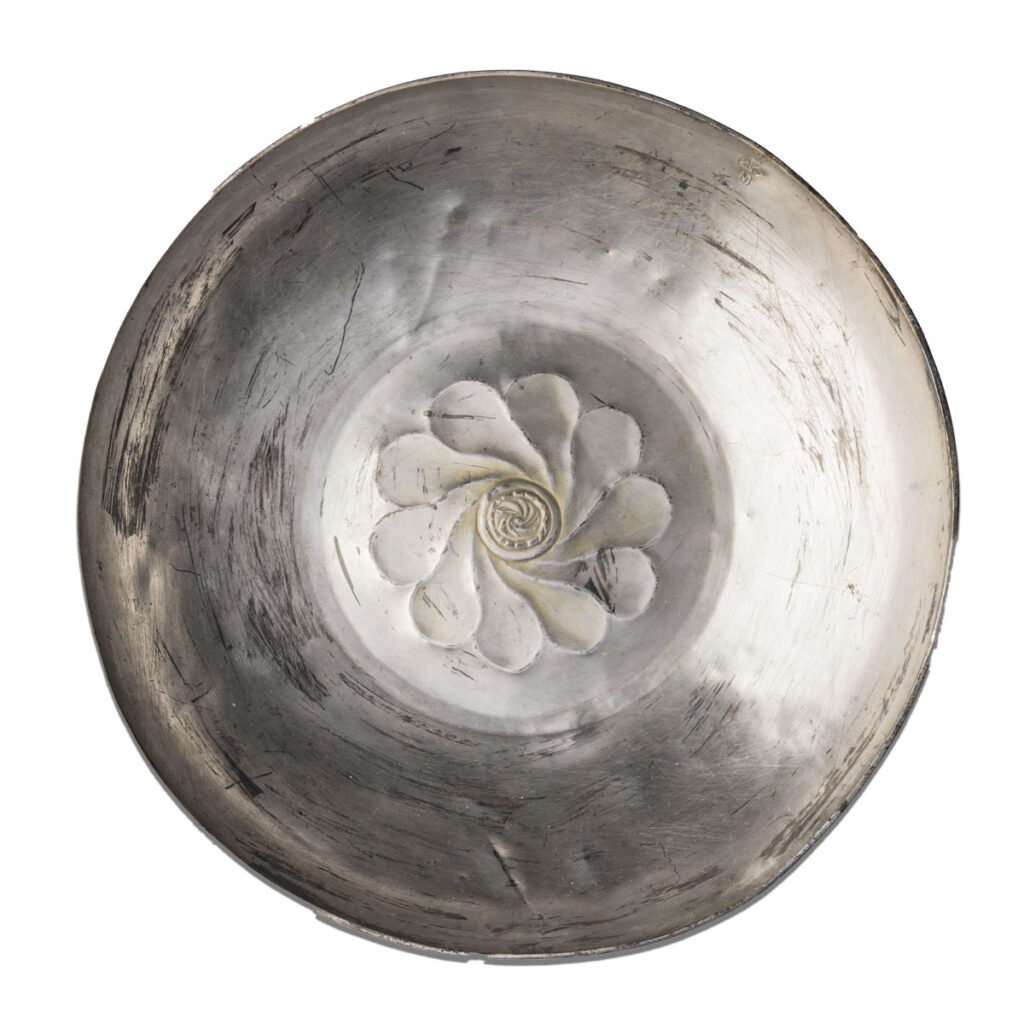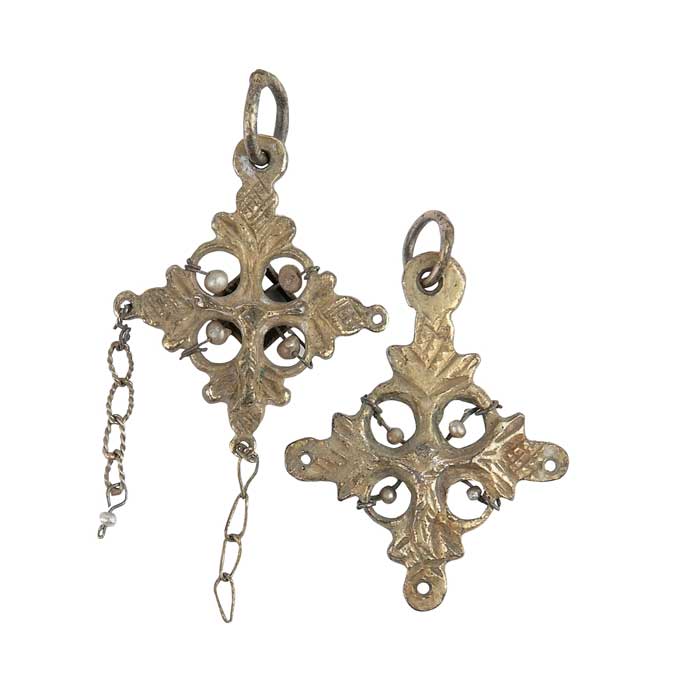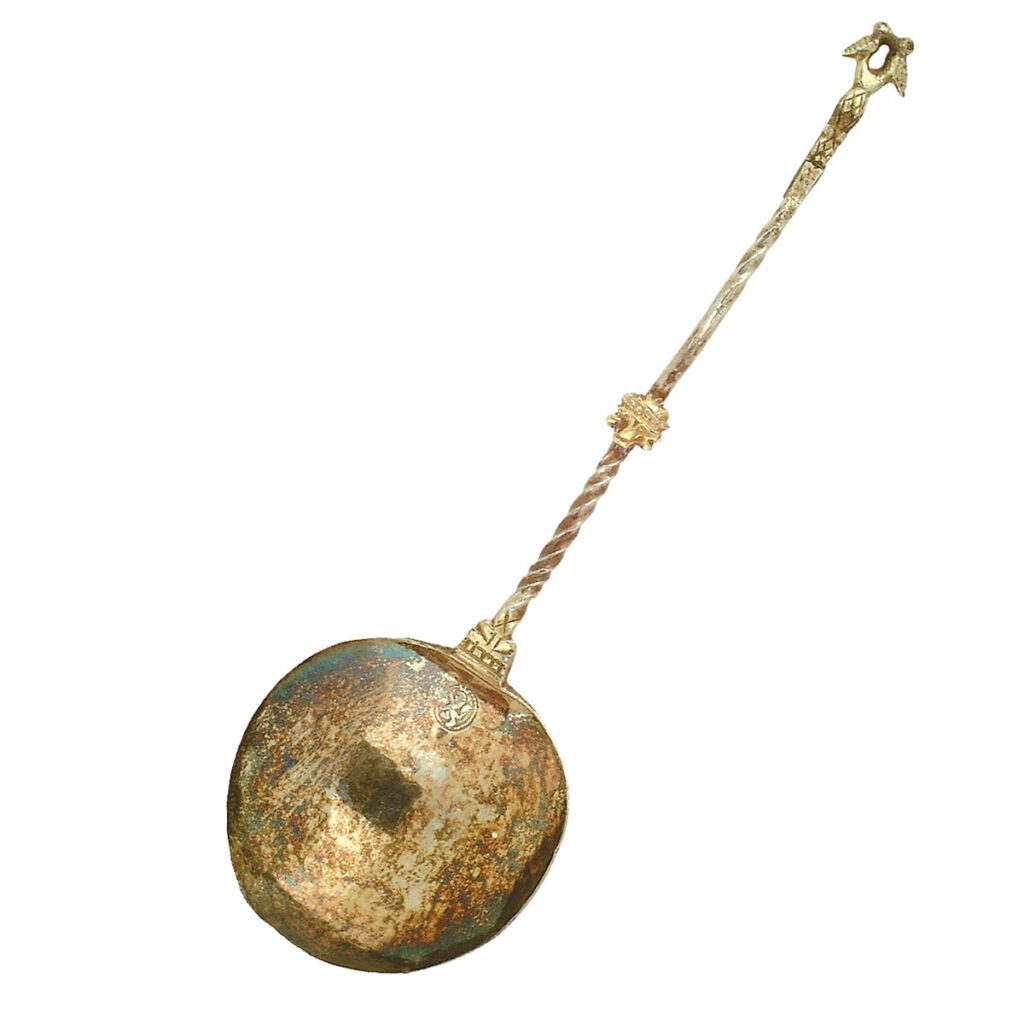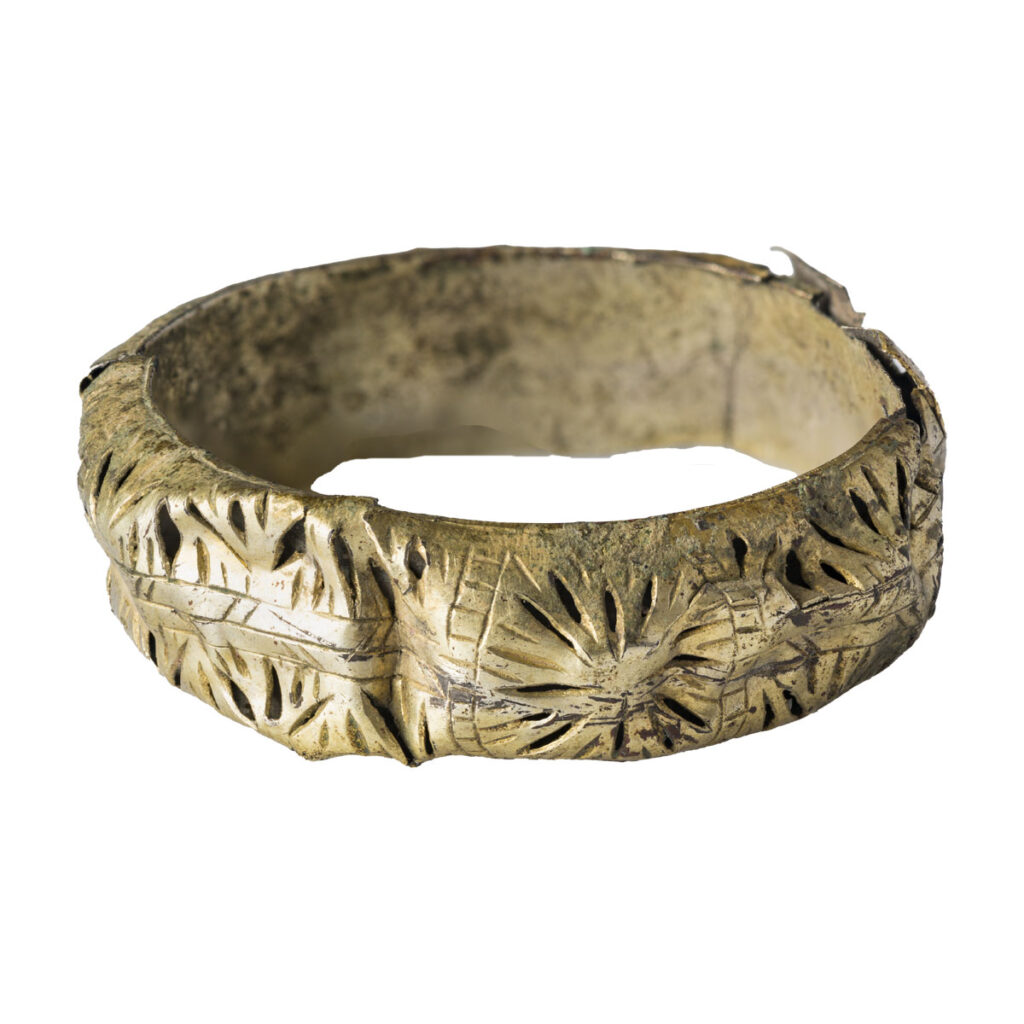Venetian Period
Relations between Cyprus and Venice had been established long before La Serenissima took over the island. The first presence of Venetians on the island is placed at the end of the third decade of the 12th century and was later pronounced with the ratification and expansion of the privileges awarded to Venetian merchants by the island’s Lusignan kings during the 13th century and mostly in the 14th and 15th centuries.
In 1489 Venice succeeded in taking over the rule of Cyprus through diplomatic means and went on to establish its own administrative system and military organisation. Its main aim was to secure occupation of the island and make the most of its wealth-creating resources.
In 1570 Nicosia fell to the hands of the Ottomans. In 1571, after a heroic one-year siege, Famagusta surrendered to the Ottoman troops, causing numerous Venetian colonists, Cypriots and Hellenised Franks and Venetians to seek safe refuge in the city of the doges.
Venetian administration
Nicosia was the administrative centre of Venetian Cyprus, the seat of the Supreme Council (Reggimento), the locum tenens (luogotenente) and two councillors (consiglieri). A large percentage of Cypriot and foreign bourgeois were employed in the public administration.
Being the biggest city, it was also the island’s commercial hub, developing alongside Famagusta into a large urban centre. At the time, the population of Nicosia numbered approximately 30,000. Urban councils were set up in the city, one to represent the highest ranks of urban society, namely the nobles and the bourgeois, and the other responsible for the lower classes.
The city’s economy was interlinked with trade, but also with a range of such crafts as weaving, textile production and dye processing that operated in the cities, which were also connected to the agricultural production of the rural areas. Bazaars in Nicosia featured both local and imported produce.
The new fortifications
In their letters to the doge from the beginning of the 16th century Nicosia’s Venetian rulers underlined the urgent need to fortify all towns in Cyprus against the clearly perceived threat of an attack by the Ottomans.
The fortification of Nicosia was decided upon in 1567. Giulio Savorgnano, a military engineer, arrived on the island specifically for this purpose and suggested an unprecedented plan for the new fortifications. The new walls were shaped like a star with 11 heart-shaped bastions, designed to withstand the advanced artillery of the time and provide the city’s defenders better control. The walls include three gates: Porta Giuliana (Famagusta Gate), Porta del Proveditore (Kyrenia Gate) and Porta di San Domenico (Paphos Gate).







